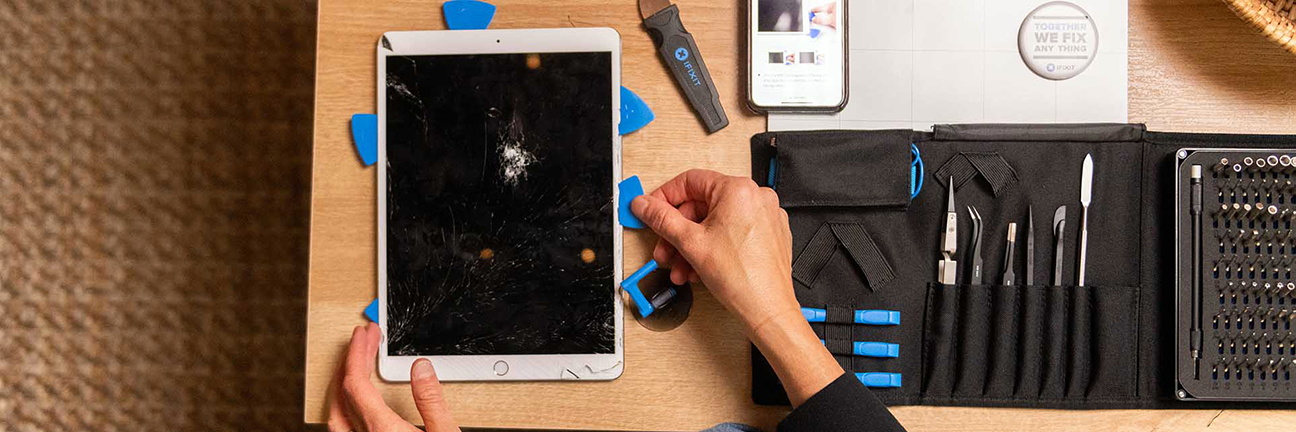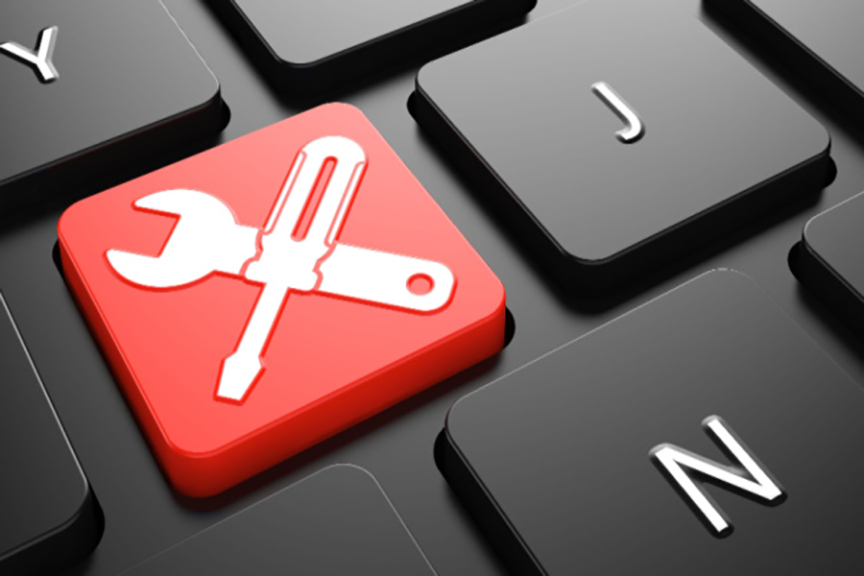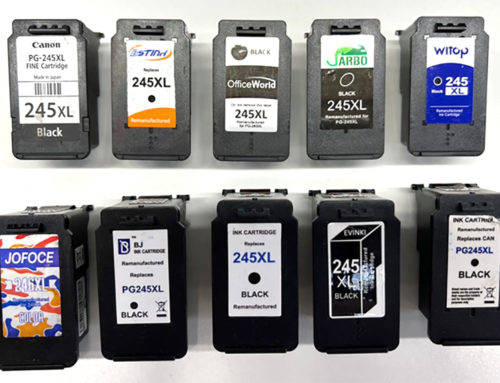In a significant move towards empowering consumers and independent repair shops, California Governor Gavin Newsom signed a landmark bill into law today, making California the third U.S. state to approve right-to-repair legislation. Set to take effect in July 2024, this new law will require electronics manufacturers to provide consumers and repair shops with access to repair parts, tools, documentation, and software. Advocates are lauding this legislation as the most comprehensive and consumer-friendly right-to-repair law to date.
Let’s look at a definition of the Right To Repair. Right to repair refers to the concept that end users, business users as well as consumers, of technical, electronic or automotive devices should be allowed to freely repair these products. Four requirements are of particular importance:
- the device should be constructed and designed in a manner that allows repairs to be made easily;
- end users and independent repair providers should be able to access original spare parts and necessary tools (software as well as physical tools) at fair market conditions;
- repairs should, by design, be possible and not be hindered by software programming; and
- the repairability of a device should be clearly communicated by the manufacturer.
The goals of the right to repair are to favor repair instead of replacement, and make such repairs more affordable leading to a more sustainable economy and reduction in electronic waste.
“The era of manufacturers’ repair monopolies is ending, as well it should be,” remarked Kyle Wiens, CEO of iFixit, a leading voice in advocating for the right to repair. “Accessible, affordable, widely available repair benefits everyone.”

The legislation, known as Senate Bill 244, goes beyond similar laws in Minnesota and New York by mandating longer timeframes during which manufacturers must offer access to repair resources. For electronics products priced between $50 and $99, manufacturers are required to make repair resources available for three years. For items priced above $100, manufacturers must provide access for a substantial seven years. This legislation will cover most consumer electronics and appliances manufactured and sold after July 1, 2021. This means that Californians could request repair tools for their iPhone or dishwasher as late as 2030.
Notably, this wasn’t California’s first attempt at right-to-repair legislation, but it is by far the most robust. The bill received unanimous support in both the California State Assembly and Senate, with a 50-0 vote and a 38-0 vote, respectively. California’s large population makes this law particularly impactful, potentially leading to the availability of more repair tools and resources nationwide. The “California Effect” could inspire manufacturers to establish nationwide standards for providing repair resources to avoid navigating complex legal distinctions between states. Notably, around 45 other states have contemplated some form of right-to-repair legislation, according to Repair.org.
Despite its expansiveness, California’s right-to-repair law does come with certain exclusions, including game consoles and alarm systems. The legislation states that gaming devices like the Xbox Series X and PlayStation 5 are not considered “all-purpose” computers, despite their many capabilities. Manufacturers of these devices had concerns about customers jailbreaking their consoles. Similarly, “alarm systems” do not fall under the law’s definition of “electronic or appliance products.”
The world of right-to-repair legislation is not without its quirks and last-minute changes. In New York, independent repair advocates expressed discontent over late-stage amendments they believed created loopholes, allowing original equipment manufacturers (OEMs) to escape providing the public with passwords, security codes, or materials to override security features. The law also permits OEMs to provide users with “assemblies of parts” rather than specific components for repairs.
Perhaps one of the most unexpected aspects of California’s comprehensive right-to-repair legislation is the support it received from Apple. Previously seen as an adversary by independent repair shops, Apple made a surprising shift in its stance. The company’s policy team supported the bill, under the condition that it required repair shops to disclose the use of non-genuine or used parts. This change in position reflects a broader shift for Apple, which announced in late 2021 that it would begin selling parts and tools to customers for at-home device repairs as part of its Self-Service Repair program.
In conclusion, California’s approval of this groundbreaking right-to-repair law marks a significant step in the battle for consumer rights and repair accessibility. It is a testament to the changing landscape of technology and repair, which now prioritizes empowering consumers and reducing manufacturers’ control over repairs. This law may pave the way for similar legislation in other states, ushering in a new era of repair accessibility for all.






